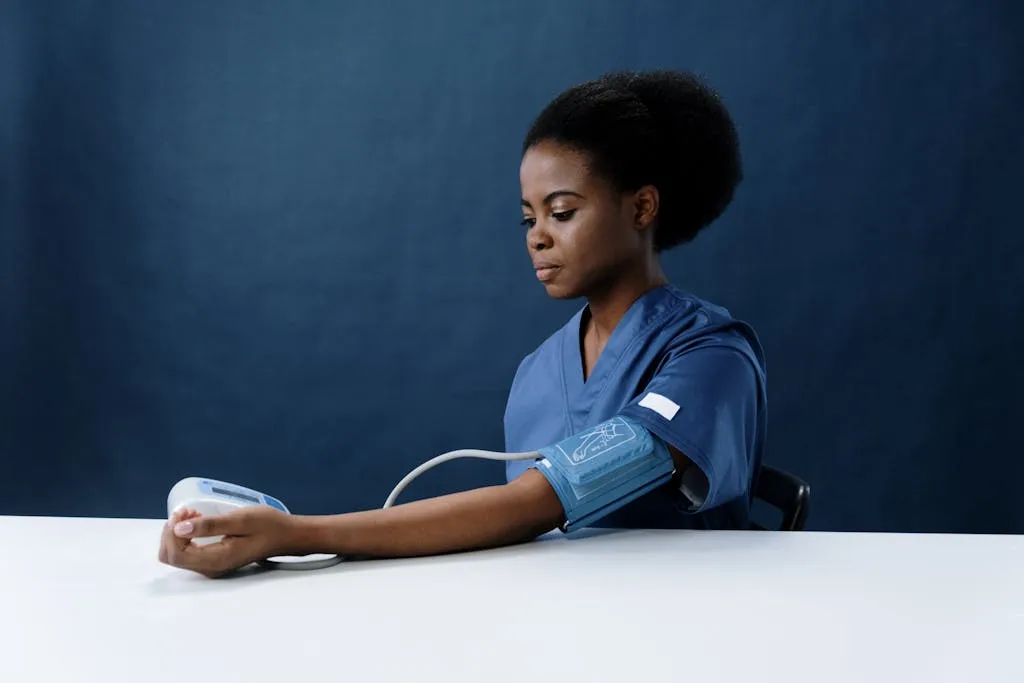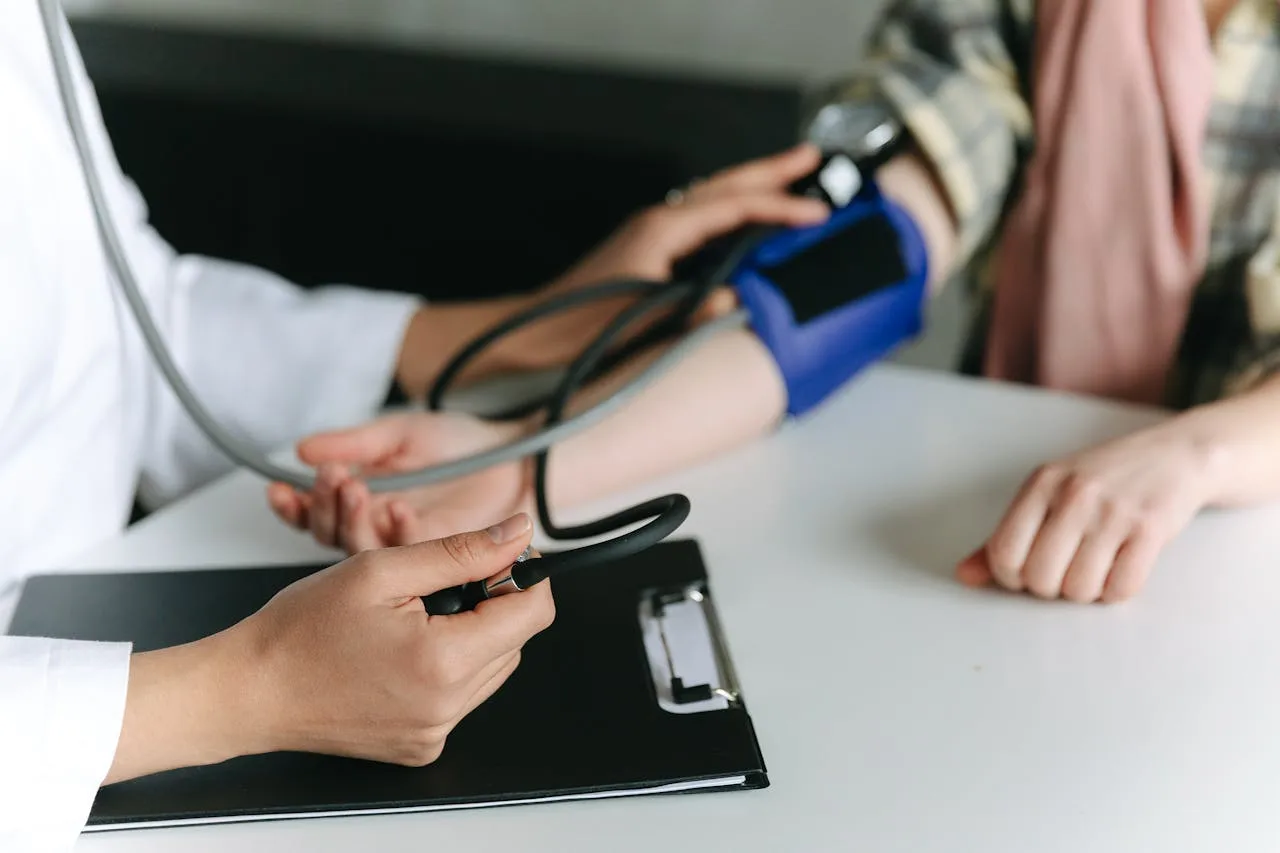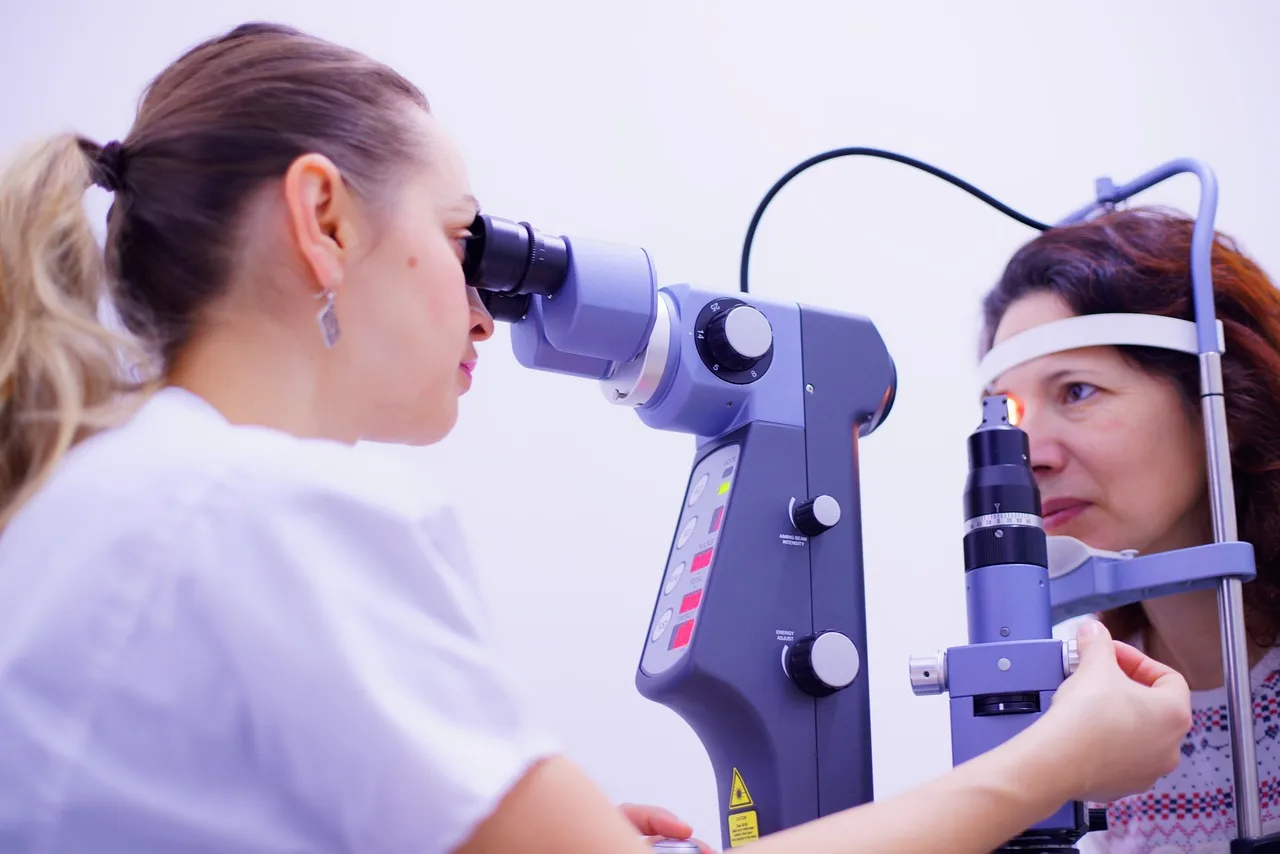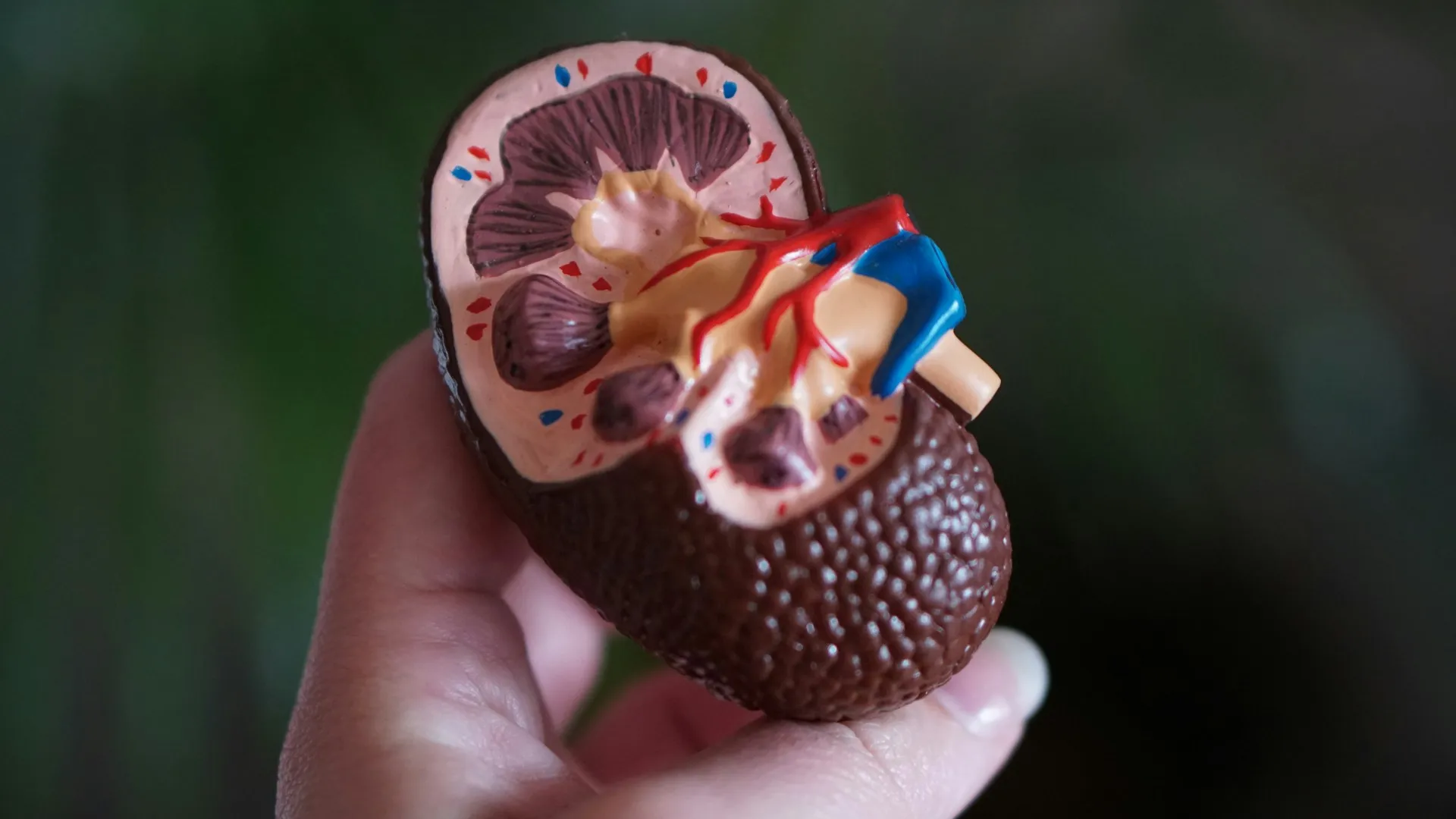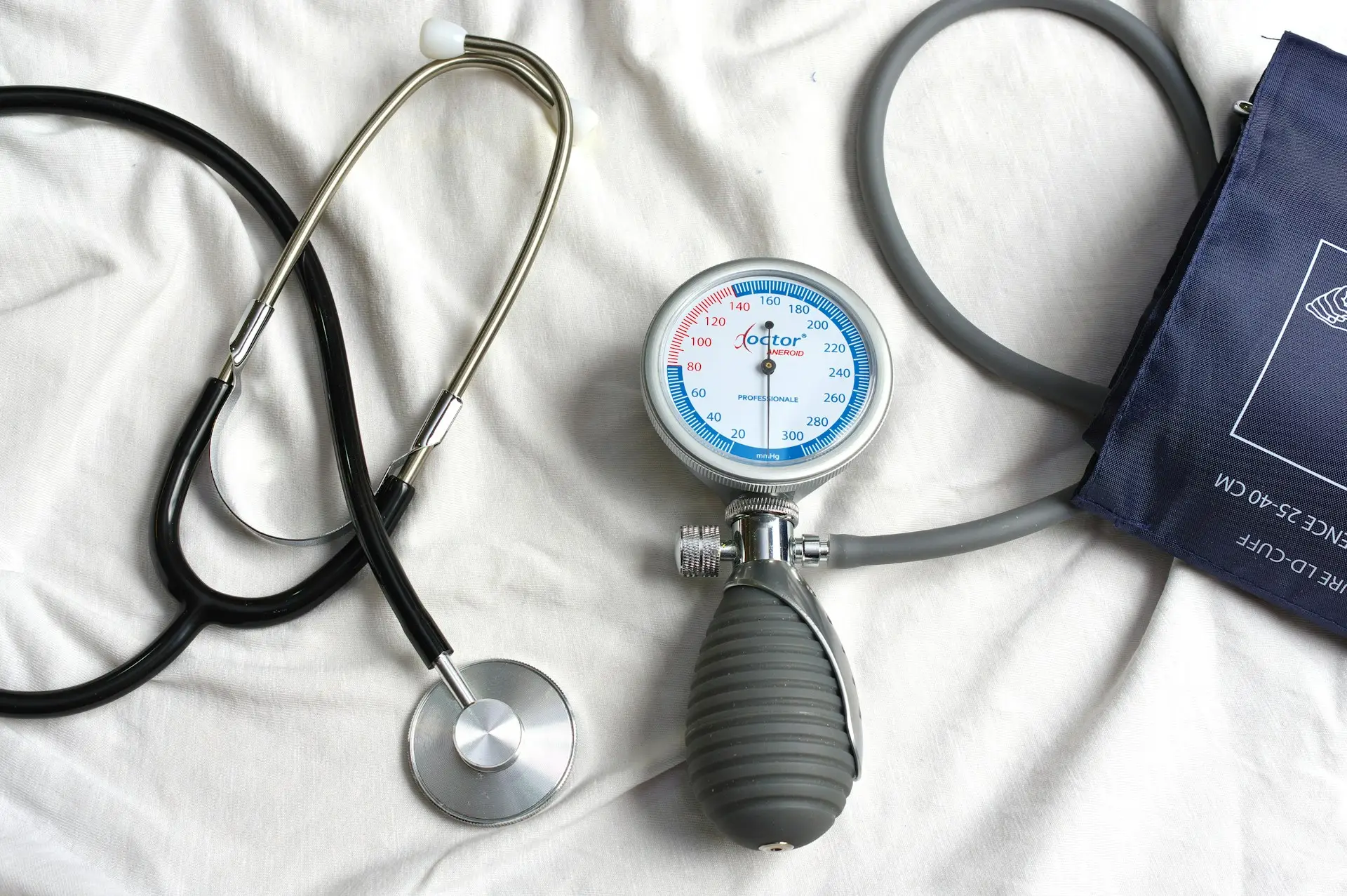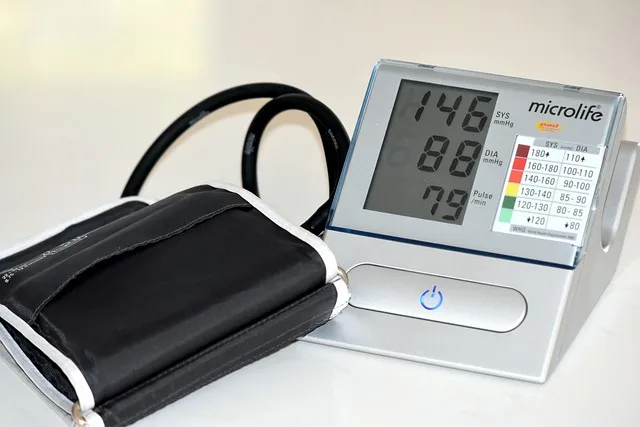Secondary hypertension is high blood pressure that is directly caused by a known condition or medication.
High blood pressure, also called hypertension, is when the force applied by your blood on the walls of your blood vessels is higher than normal. You will be diagnosed with hypertension if your measured blood pressure is 130/80 millimeters of mercury (mmHg) or more. In other areas, like the EU, high blood pressure is when you have a blood pressure of 140/90 mmHg or more.
When high blood pressure has no known cause, it is called essential or primary hypertension.
About 1 in 10 adults with hypertension has secondary hypertension. The condition accounts for 70% to 85% of all cases of hypertension in children under 12 years old, but only 17% of hypertensive cases in people who are 65 years or older.
What causes secondary hypertension?
The conditions that can result in having secondary hypertension include:
- Kidney disease: It is the most common cause of secondary hypertension. Disorders that damage the kidneys themselves, or the arteries that supply them with blood, can cause hypertension. High blood pressure itself can cause or worsen existing kidney disease.
Learn more about renal hypertension and hypertensive kidney disease.
- Adrenal disorders: The adrenals are small glands located on top of the kidneys. They produce a number of hormones. Conditions that lead to overproduction of certain adrenal hormones can cause high blood pressure. These conditions include:
- Cushing’s syndrome. Here, there is too much cortisol hormone in the blood. Cortisol plays a role in regulating blood pressure and metabolism of glucose, proteins, and fats.
- Pheochromocytoma. This is a rare tumor of the adrenal gland that produces excess amounts of adrenaline and noradrenaline.
- Primary aldosteronism (Conn’s syndrome). Here, there is excess production of the salt-retaining hormone called aldosterone.
- Thyroid disorders
- Acromegaly. This is a condition where you have excess growth hormone production during adulthood.
- Hyperparathyroidism. This is where the parathyroid glands (2 pairs of small glands located in the neck, just behind the thyroid gland) produce excess amounts of parathyroid hormone (PTH).
- Coarctation (tightening or narrowing) of the aorta
- Obstructive sleep apnea. A condition of interrupted breathing due to episodes of narrowing or blockage of the upper airways during sleep.
- Pregnancy
Secondary hypertension may also occur as a side effect of medicines you might be taking. Medications that may cause secondary hypertension include:
- Non-steroidal anti-inflammatory drugs (NSAIDs)
- Antidepressants
- Birth control pills (hormonal contraceptives)
- Decongestants that have phenylephrine or pseudoephedrine
- Appetite suppressants
- Some immunosuppressants like cyclosporine
- Corticosteroids like dexamethasone, prednisolone, and fludrocortisone
- Drugs used to treat attention deficit hyperactivity disorder (ADHD) like methylphenidate and amphetamine
- Recreational drugs like cocaine, methamphetamine, and alcohol
- Some anti-cancer drugs
What are the symptoms of secondary hypertension?
High blood pressure itself usually causes no symptoms. But if you have secondary hypertension, you may experience symptoms of the condition causing the high blood pressure. Common symptoms for some of these conditions include:
- Kidney disease: urinating more or less often, foamy urine, low back pain, swelling of the hands, legs, feet, and face
- Primary aldosteronism (Conn’s syndrome): Weakness, muscle cramps, headaches
- Cushing’s syndrome: Weight gain, thin skin, purple striae (lines) on the skin, enlargement of breasts in men (gynecomastia), excessive hair growth and loss of menstrual periods in women, growth of fat pads on the abdomen, back of the neck, and the face
- Pheochromocytoma: Anxiety, headaches, sweating, flushing (excessive redness of the skin, commonly in the face), palpitations (sensation of irregular, pounding heartbeats)
- Thyroid disorders: Weight gain or weight loss, palpitations, diarrhea, fatigue, heat, or cold intolerance
- Acromegaly: Headaches, lower jaw protrusion, excessive sweating, enlargement of the hands, feet, nose, and lips
- Obstructive sleep apnea: Excessive daytime sleepiness, snoring, periods of interrupted breathing during sleep, daytime fatigue
How is secondary hypertension diagnosed?
During the hospital visit, a doctor will take a detailed medical history from you. You will also have your blood pressure measured and your body physically examined.
Secondary hypertension is relatively rare, and screening for its causes can be time-consuming and expensive. Therefore, your doctor will look out for clues to determine if you should be screened for the condition. The condition may be suspected of you:
- Are under 30 years of age
- Have resistant hypertension—high blood pressure not controlled by maximum doses of at least 3 different antihypertensive medications, one of which is a diuretic (water pill).
- Have an earlier diagnosis or signs and symptoms of a possible underlying cause.
- Experience a sudden or severe increase in blood pressure despite taking blood pressure medication that has previously managed your condition adequately.
- Have no family history of hypertension
- Are not overweight or obese
Tests which may be done to check for possible causes of secondary hypertension include:
- Kidney function tests. Such as urinalysis, ultrasound scan of the kidneys, and blood levels of waste products like creatinine and urea.
- Tests for urine or blood levels of adrenal hormones, thyroid hormones, or parathyroid hormone.
- Polysomnography, also called a sleep study, can be used to diagnose sleep apnea.
- Computed tomography (CT) scan or magnetic resonance imaging (MRI) of the kidneys and adrenal glands.
- Echocardiogram (Echo) to check for coarctation of the aorta.
- Tests for blood levels of electrolytes (such as sodium, potassium, calcium, chloride, and phosphate). Abnormal levels of certain electrolytes may be present in kidney dysfunction and some hormone disorders.
How is secondary hypertension treated?
Treatment for secondary hypertension depends on the underlying cause. You may need to take medications or have surgery done to eliminate the secondary cause. Your doctor may also change your treatment plan if a certain medication is the suspected cause of your high blood pressure. Do not change your medications without discussing with your doctor.
Even as the secondary cause of your high blood pressure is being treated, you will still need to take antihypertensive medicines and make healthy lifestyle decisions to control your blood pressure. Healthy lifestyle choices include:
- Exercising regularly
- Maintaining a weight that is healthy for you
- Stopping smoking
- Reducing or stopping alcohol intake
- Eating a low salt diet
- Avoiding stressful situations
How can I prevent secondary hypertension?
You may not be able to prevent some cause of the condition, such as tumors or most hormonal disorders.
However, making healthy lifestyle choices can reduce your chances of getting some underlying causes. You may also be able to protect yourself from secondary hypertension if you notice symptoms of the possible causative conditions and seek medical help early enough.
Being aware of the side effects of any medicines you are taking and following the pharmacist’s instructions may also reduce your chances of getting medication-associated hypertension.
What should I remember?
Secondary hypertension is high blood pressure caused by another health issue, like kidney disease, hormone problems, or certain medications. Unlike primary hypertension, which has no clear cause, secondary hypertension often appears suddenly and may be more severe.
Understanding the root cause is key to treating secondary hypertension effectively. Conditions like kidney disease, adrenal gland tumors, and thyroid issues are common culprits. By addressing the underlying issue, it’s possible to lower blood pressure and reduce the risk of complications. Regular check-ups and early diagnosis can make a big difference in managing this condition.

